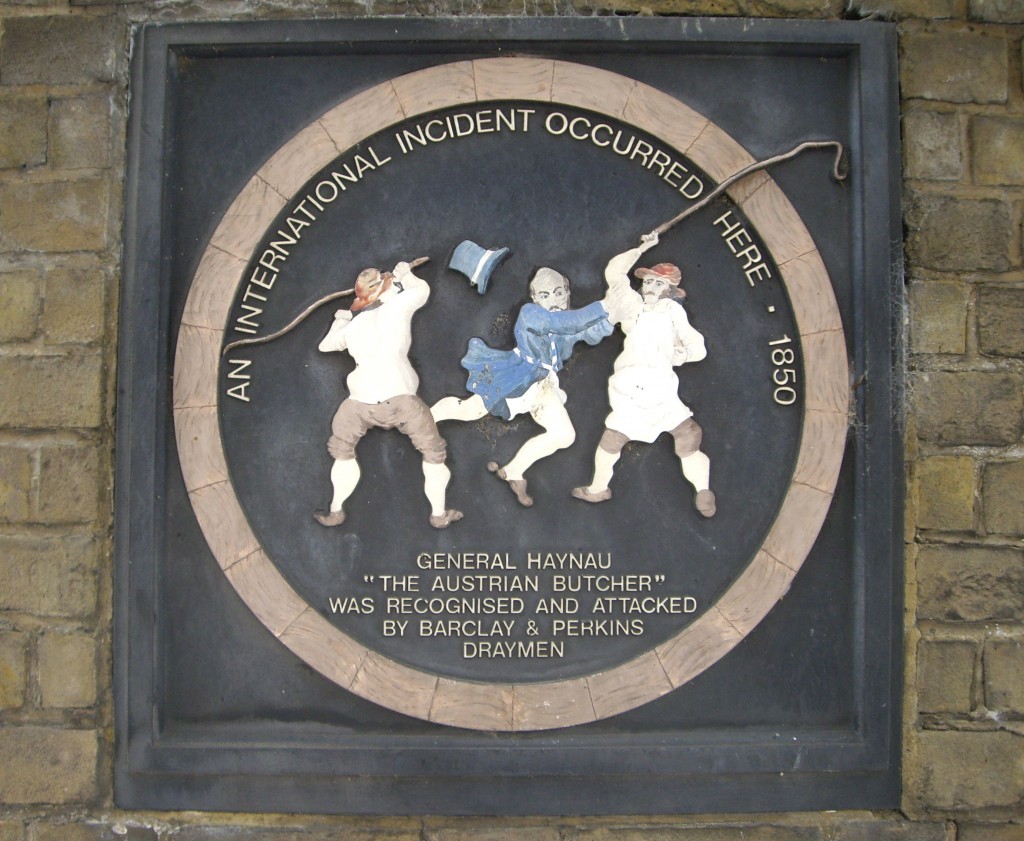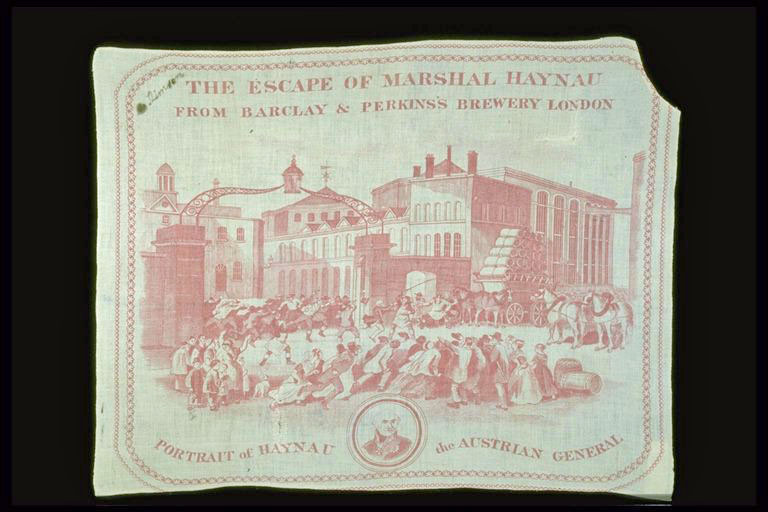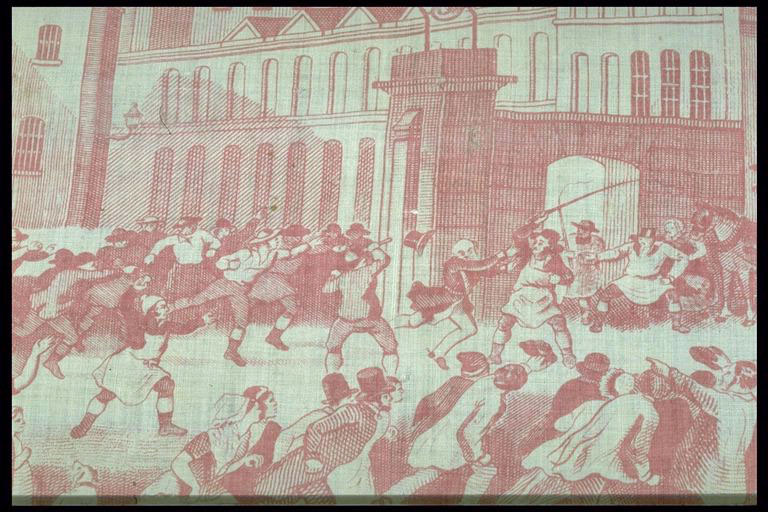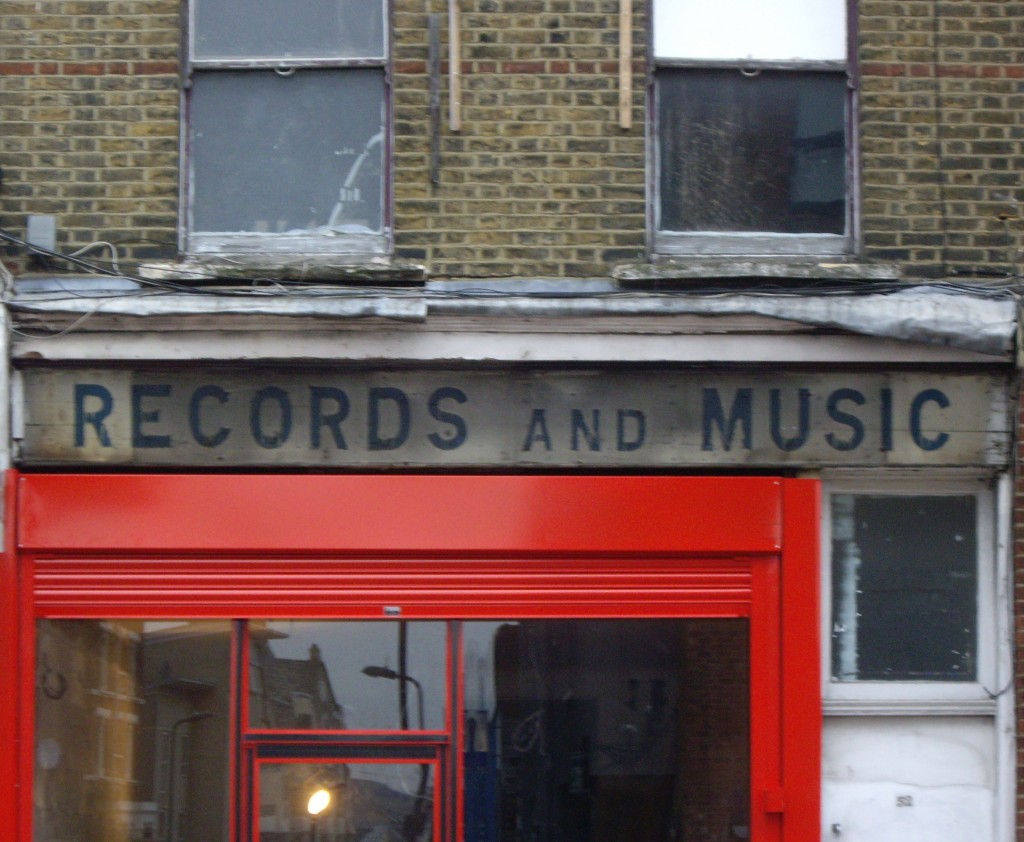In the course of researching ‘slave codes’ in the British empire, I came across mention of a five volume set named ‘Parliamentary Documents on Slavery and the Slave Trade.’ It was digitized by the University of Georgia, U.S.A., sometime around 2007, and is a collection of reports printed by the Parliament of Great Britain between 1788 and 1793.
Unfortunately, all links to it were dead, and Google only returned secondary references, not the books themselves. However, the Internet Archive’s Wayback Machine had mirrored the site, and a bit of digging led me to the complete series.
I don’t know how much of this material is available elsewhere on the web; I do know that the particular document I required, a collection of Caribbean slavers’ legislation, is not openly accessible, but sequestered behind Gale’s and Proquest’s paywalls. Other parts of it can probably be found in Google Books, but only after some exertions given its poor metadata for parliamentary publications.
As I believe that all historical material should be freely, easily and lastingly available to any who wish to use it, I have now uploaded all 5 volumes to the Internet Archive. A brief summary of contents, and links to both the ‘original’ Wayback and newly-uploaded Archive copies are given below. The Internet Archive generates its own OCR of each item; this is in general rather poor, but here, due to the use of the long s and eighteenth century ligatures, it is worse than usual, despite the high quality of the digitization.
There is a great deal to say about these documents, about their contents and context, and I hope to do so in the future. For the moment it will suffice to state that although all historical sources require careful reading, that they are never transparent, this is especially true in this case. These documents are saturated in racism, both embodying it and describing it. There is not a single Black voice, not one enslaved or freed person of African origin, giving direct testimony here. The statutes making up the first part of the first volume, all of which I have read, are truly disturbing; the other reports contain similarly repugnant material.
British documents on slave holding and the slave trade, 1788-1793
Catalogue: Wayback Machine. Internet Archive. List of and links to all five volumes
Volume 1: Wayback Machine. Internet Archive. A large collection of many different documents, including eighteenth century Caribbean statutes concerning slavery.
Volume 2: Wayback Machine. Internet Archive. Contains the Report of the Committee for Trade and Foreign Plantations on the Slave Trade, 1789.
Volume 3: Wayback Machine. Internet Archive. Contains Minutes of Evidence given to a Committee of the House of Commons, 1789-1790.
Volume 4: Wayback Machine. Internet Archive. Contains Minutes of evidence taken at the House of Lords, 1790 and 1791.
Volume 5: Wayback Machine. Internet Archive. Contains Minutes of evidence taken at the House of Lords, 1792 and 1793.





